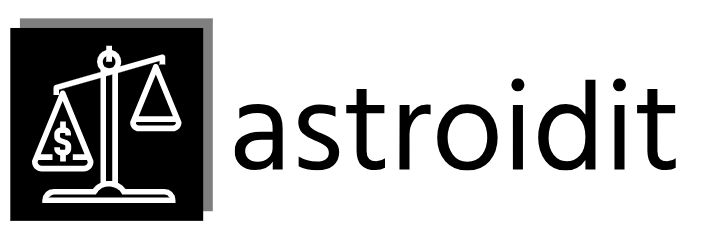Choosing Your Digital Art Software
The world of digital art software can feel overwhelming at first, with numerous options catering to different skill levels and styles. For beginners, programs like Krita (free and open-source) and Autodesk Sketchbook (free version available) offer a great balance of power and ease of use. They provide essential tools without the steep learning curve of more professional-grade software like Photoshop. Don’t feel pressured to jump into the most expensive or complex program right away. Start with something accessible and focus on building your foundational skills.
Mastering the Basics: Line, Shape, and Color
Before diving into complex techniques, it’s crucial to understand the fundamental building blocks of any artwork: line, shape, and color. Practice creating various line weights and styles. Experiment with different shapes—geometric and organic—to build a strong foundation for composition. Play with color palettes, learning about color theory (complementary, analogous, etc.) to create visually appealing and harmonious pieces. Online resources and tutorials are invaluable for grasping these core concepts.
Understanding Layers: The Key to Non-Destructive Editing
Layers are perhaps the most important feature in digital art software. They allow you to work on different aspects of your artwork independently, without affecting other elements. Imagine painting a background on one layer, then adding your subject on another. You can adjust, erase, or move individual layers without ruining the whole piece. Mastering layers unlocks a world of flexibility and allows for easy corrections and experimentation.
Exploring Different Brushes and Textures
Digital art software boasts a vast library of brushes, each offering unique properties and textures. Experiment with different brush sizes, opacities, and flow rates to create a variety of effects. Many programs allow you to create custom brushes, adding even more creative control. Don’t be afraid to try out unusual brushes; you might discover unexpected textures and styles that become your signature.
The Power of References: Learning from the Masters (and Yourself)
Using references is crucial, even for experienced artists. Don’t feel like you’re cheating; it’s a valuable learning tool. Study the work of artists you admire, paying attention to composition, color usage, and brushstrokes. Use photos as references to practice drawing realistic elements. Also, don’t forget to use your own previous work as a reference. Looking back at past pieces can help identify areas for improvement and inspire new ideas.
Building Your Digital Art Workflow: Finding What Works for You
Developing a consistent workflow is key to efficiency and productivity. Find a process that suits your style and preferences. Some artists prefer sketching digitally, while others might start with traditional sketches and then scan them in. Experiment with different approaches, such as starting with a rough sketch, refining the lines, adding color, and then detailing. The best workflow is the one that keeps you creating and happy.
Embrace Experimentation and Don’t Be Afraid to Fail
Digital art offers incredible freedom. Don’t be afraid to experiment with different styles, techniques, and software features. Embrace mistakes as learning opportunities. Digital art allows for easy undo and redo functions. The ability to experiment without fear of ruining your work is a powerful advantage. The more you experiment, the more you’ll discover your unique artistic voice.
Practicing Regularly: The Path to Improvement
Consistent practice is the key to improvement in any art form, including digital art. Set aside dedicated time for creating, even if it’s just for a short period each day. Challenge yourself with new projects, participate in online art communities, and seek feedback from others. Remember, the journey of learning digital art is ongoing, and the more you practice, the more you’ll refine your skills and achieve stunning results.
Utilizing Online Resources and Communities
The internet is a treasure trove of resources for aspiring digital artists. Numerous websites, YouTube channels, and online communities offer tutorials, critiques, and inspiration. Engage with other artists, share your work, and learn from their experiences. Participating in online challenges and feedback sessions can significantly boost your progress and confidence.
Finding Your Unique Style: Let Your Personality Shine
As you develop your skills, don’t be afraid to let your personality shine through your work. Experiment with different styles and find what resonates with you. Your unique artistic voice is what will set your art apart. Don’t try to imitate other artists; instead, use their work as inspiration to develop your own distinctive style. Click here to learn about basic digital art.






